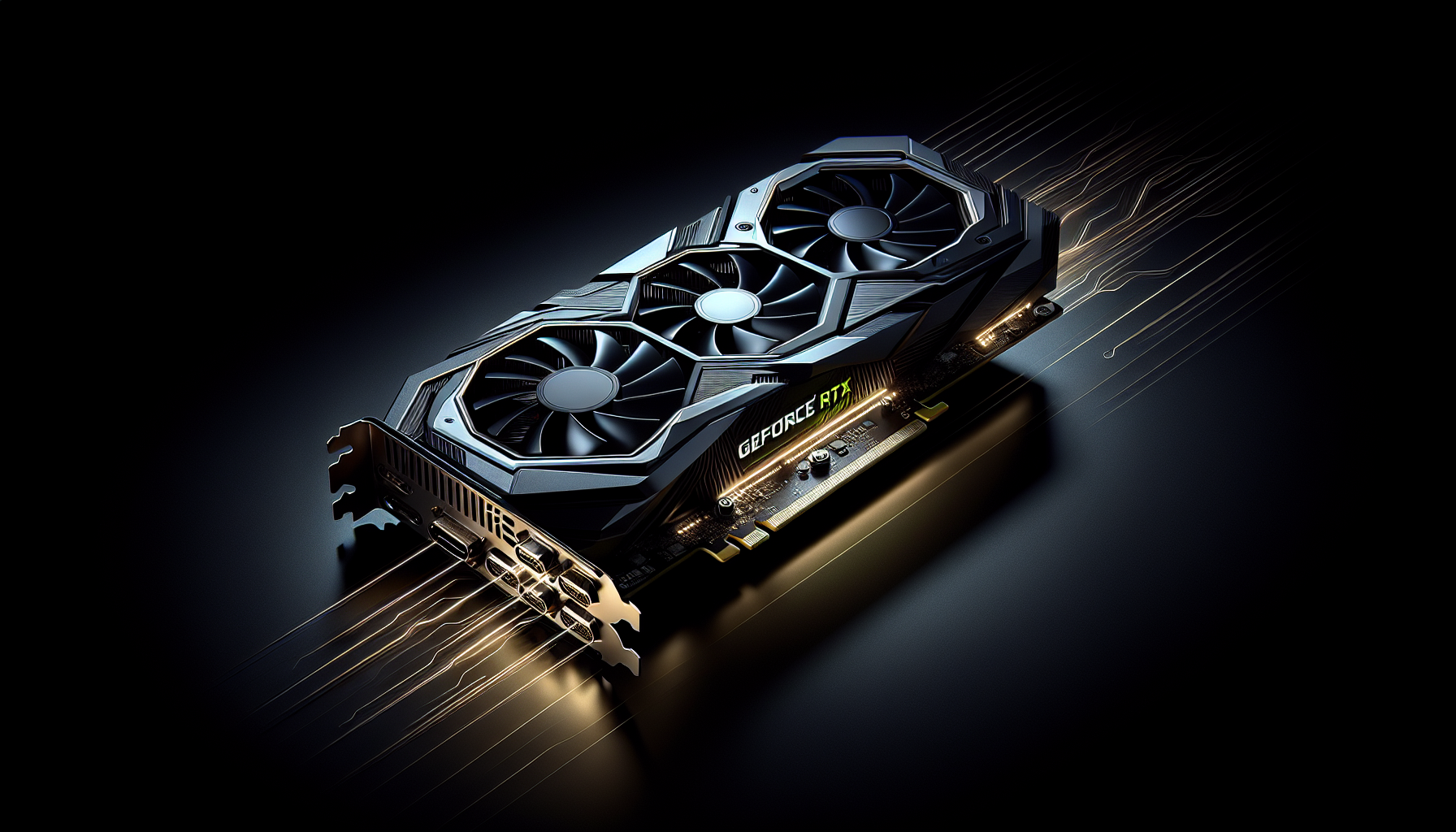
Nvidia's GeForce RTX 5050 Launches at an Affordable $249 Price
In a move that's set to shake up the gaming hardware landscape, Nvidia has unveiled its latest breakthrough in graphics technology – the GeForce RTX 5050. Launching at an enticing price point of just $249, this new addition to Nvidia's roster is bound to captivate both gamers and tech enthusiasts alike. Join us as we delve into what makes the RTX 5050 such a game-changer, and why it shouldn't be overlooked by anyone passionate about technology.
A New Contender in the Graphics Card Arena
The graphics card market is fiercely competitive, with Nvidia consistently leading the charge in innovation and performance. This time, however, they're introducing a product aimed squarely at budget-conscious consumers who crave high performance without breaking the bank. At a time when gaming setups can quickly become costly, the RTX 5050 offers a more accessible option without compromising on essential features.
With its release, Nvidia targets a segment often neglected by high-end graphics solutions, offering an affordable yet powerful choice for gamers and creators who are mindful of their expenditure.
Specifications and Performance Highlights
- GPU Architecture: Developed using Nvidia's latest Ampere architecture, the RTX 5050 boasts improved efficiency and power.
- Ray Tracing and AI: Like its predecessors, the RTX 5050 supports real-time ray tracing and AI-enhanced graphics courtesy of the latest Tensor Cores.
- VRAM: Equipped with 8GB of GDDR6 memory, balancing cost with capability for smooth performance.
- DLSS Support: Utilizing Deep Learning Super Sampling to upscale lower resolution images, giving gamers better frames per second without a hit to quality.
Gamers can anticipate solid performance across popular gaming titles, especially those optimized to leverage Nvidia's cutting-edge features.
Appeal to Gamers and Beyond
The GeForce RTX 5050 isn't just for the typical gamer. While it certainly ensures rich graphical performance for gaming, it extends its usefulness to a broader audience. For content creators, its computational capabilities promise smoother video rendering and editing processes. On the other hand, those involved in machine learning and AI can appreciate the card's upgraded Tensor Core technology, allowing them to perform more complex computations with relative ease.
Furthermore, in a world where digital art and rendering are becoming increasingly mainstream, the RTX 5050 posits itself as an ally for digital artists looking to push the limits without impeding their workflow with unnecessary costs.
The Price and Market Dynamics
The launch price of $249 is a strategic move by Nvidia, likely influenced by current market dynamics where budget-conscious spending prevails. With inflation affecting consumer electronics and competition intensifying from AMD and Intel, positioning the RTX 5050 at such a price-point ensures it remains attractive in a saturated market.
This price also acts as an accessible entry point for those who've long desired to upgrade from integrated graphics solutions but have been deterred by cost barriers. The anticipated demand signals that Nvidia's approach might drive competitors to reevaluate their pricing structures or introduce similar budget-friendly options.
Anticipated Impact and Market Response
Initial market reactions have been overwhelmingly positive. Early adopters and tech reviewers have lauded Nvidia's attempt to bring advanced technology to a wider audience. By democratizing access to high-performance components, Nvidia seems poised to not only maintain but potentially expand its market hold.
Moreover, the RTX 5050's unveiling has sparked discussions around the importance of affordability in technological advancement. As some consumers put it, it's refreshing to see tech giants acknowledging the importance of inclusive tech solutions.
Competitor Watch
With this latest offering, Nvidia has certainly set the bar high for competitors. AMD, a close rival in the graphics card arena, may soon be prompted to reveal their own budget-friendly counterparts if they wish to keep pace with such disruptive innovations.
Intel, entering the discrete graphics card domain more recently, has also been challenged to innovate swiftly. Their response, along with AMD's, will no doubt shape the future dynamics of the graphics card market.
Looking Ahead
As the technology world watches closely, it's clear that Nvidia's GeForce RTX 5050 represents more than just another product release. It's a statement that cutting-edge technology should be inclusive, not exclusive. For consumers, it's an invitation to participate in the digital revolution without the prohibitive costs often associated with it.
In the months following its release, it will be fascinating to observe how the consumer market reacts and how competitors step up in response. What remains certain is the role of innovation in redefining boundaries and making once-distant technological dreams a viable reality for all.
Nvidia's gamble with the RTX 5050 seems to be less about profit and more about fostering a community of enthusiastic, tech-loving individuals who can now meet their digital goals head-on without financial worry.
As we anticipate further developments and breakthroughs in the tech sector, the release of the GeForce RTX 5050 will surely be remembered as a pivotal moment for both the industry and its countless end-users.









